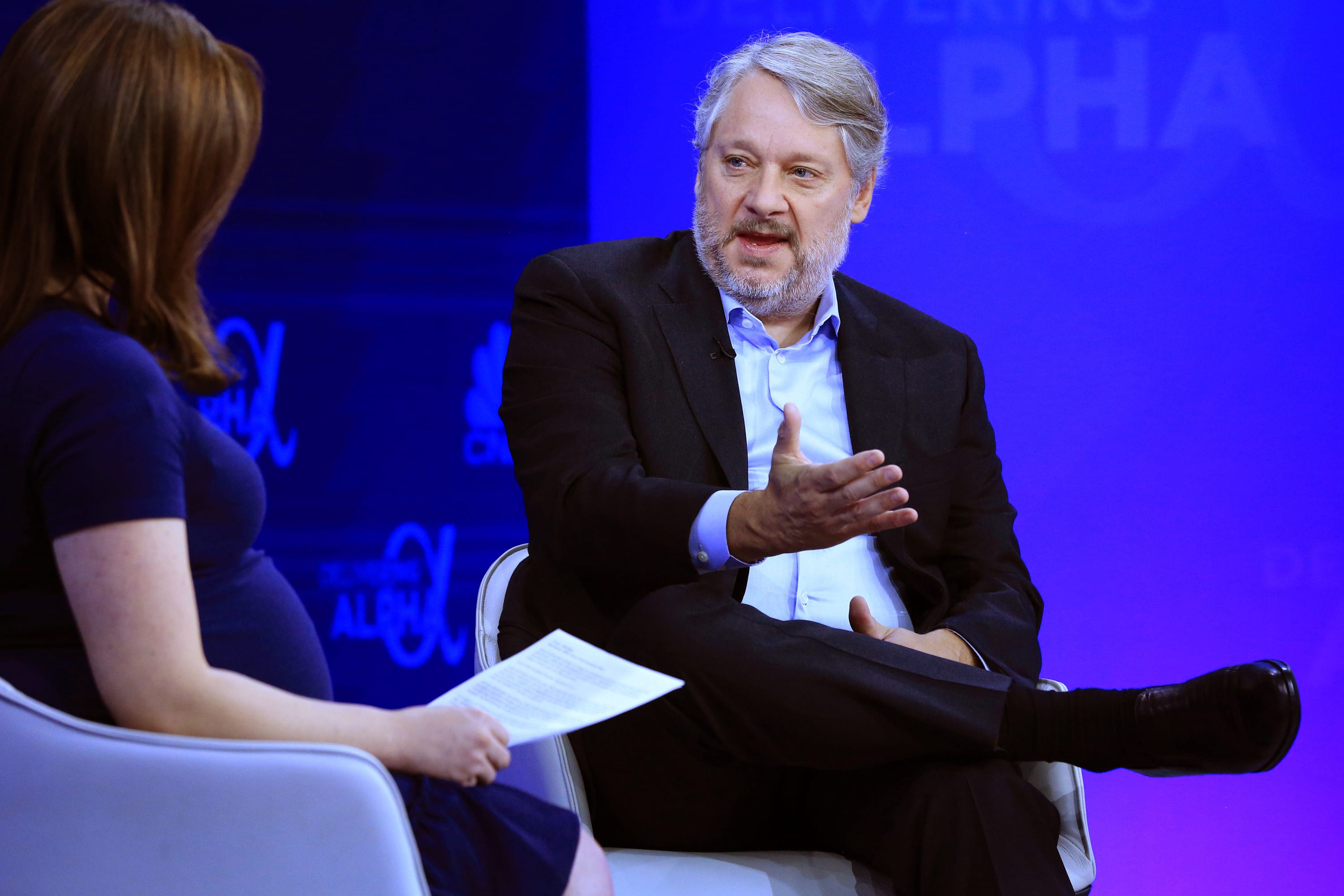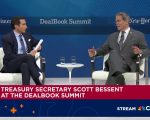
These days, bond investors should seek stability in high-quality assets, according to Pimco chief investment officer Dan Ivascyn. Investors can still find compelling yields while navigating both uneconomic uncertainty and concerns over global tensions, he said. This week, the global focus has been on the Russia-Ukraine war . On Monday, President Donald Trump met with Ukrainian President Volodymyr Zelenskyy and European leaders following the his summit last week with Russian President Vladimir Putin. Meanwhile, investors are closely watching U.S. economic data for an indication of when the Federal Reserve might start decreasing rates. Fed funds futures pricing data suggests a 85% chance of a rate cut at the central bank’s September meeting, according to the CME FedWatch tool . “The good news from a bond investor’s perspective is none of that matters as much as people think it does,” said Ivascyn. Pimco had $2.11 trillion in assets under management, as of June 30. Those with a five-year time horizon can earn yield and, with careful asset allocation decisions, earn a bit more, he said. Bond yields move inversely to prices. “Yields are high, bonds are cheap from a historical perspective, while stocks look expensive under any reasonable long term valuation metric, and credit spreads are tight,” Ivascyn said. “You can put together a portfolio where you have a high-quality yield in the 6%-to-7%-type range, if you can make some thoughtful asset allocation decisions along the way, you, in theory, can get a high single-digit return,” he added. “That’s very good.” Recently, there has been a high correlation between starting yield and a bond’s performance, he explained. Therefore, the starting yield means a higher expected return. Where Ivascyn sees opportunities Ivascyn focuses on that stability and resiliency as the portfolio manager of the Morningstar 5-star rated Pimco Income Fund . Its institutional shares, PIMIX, are rated five stars by Morningstar and its A-shares, available to individual investors, are rated four stars . The latter has a 4.33% 30-day SEC yield and adjusted expense ratio of 0.9%. It has a total return of 6.36% year to date, ranking in the top eighth percentile in its category, according to Morningstar . PONAX YTD mountain Pimco Income Fund, A shares Ivascyn targets maturities in the five- to 10-year range, which will benefit from curve steepening, he said. Right now, he is investing in agency mortgage-backed securities because they have attractive yields and are high quality, since they are backed by the federal government. He can also trade across different maturities and coupons. In addition, spreads are wider than investment-grade corporate spreads, which means there is more value to be had, he noted. Pimco Income Fund has a 36% allocation to agency MBS, as of July 31. The fund’s exposure to U.S. corporate bonds is near the lowest end of its historical range since spreads are tight — which means they are expensive, according to Ivascyn. There are also opportunities in high-grade structured credit, such as non-agency mortgages and some asset-backed securities, Ivascyn said. “We really like lending to the consumer, so we own a lot of consumer-oriented-mortgage and asset-backed risks that don’t have government guarantees,” he said. “The great news is you don’t need a government guarantee,” he added. “A lot of these deals have additional credit support, but they also take advantage of the fact that … the household balance sheet has de-levered a lot. While there has been some weakening in fundamentals in the lower-income cohort, overall “the household balance sheet is very, very strong,” he said. Ivascyn is also investing in short-dated U.S. Treasury Inflation-Protected Securities, or TIPs. He likes them for their attractive pricing, not necessarily because he has significant inflation concerns. “The inflation rate probably trends a bit higher the next couple of quarters, but in general, we think we’re living in a world now where inflation likely settles down in the mid-2%-ish type range,” he said. Within U.S. Treasurys, he’s staying with shorter maturities. Globally, Ivascyn believes markets like Australia and the U.K. have a stronger fiscal picture than the U.S., so he has sovereign bond exposure in those countries. “What we’re really trying to do is just be diversified and take advantage of good value in the higher-quality areas of the market, protect client downside in the process [and] generate returns that we think are quite attractive relative to where they’ve been much in the last couple of decades,” he said.








